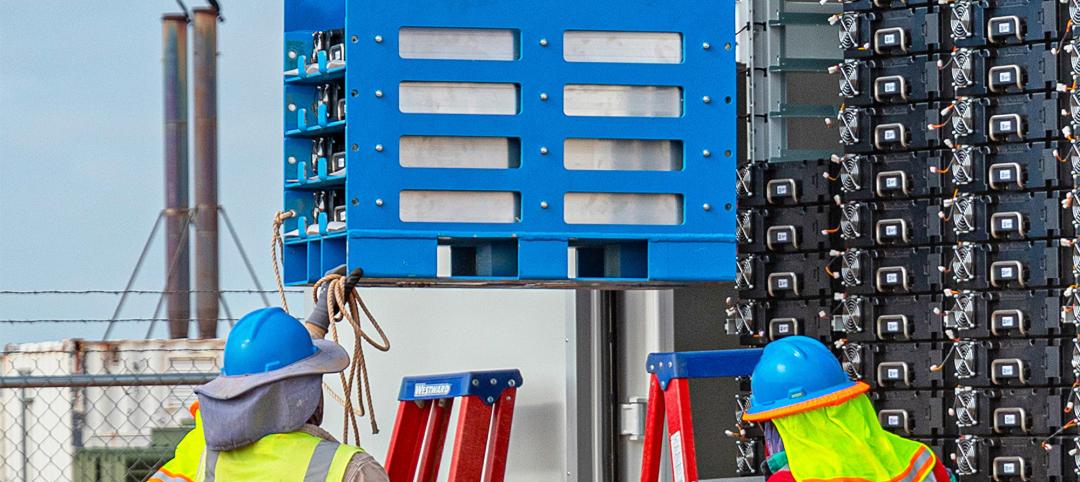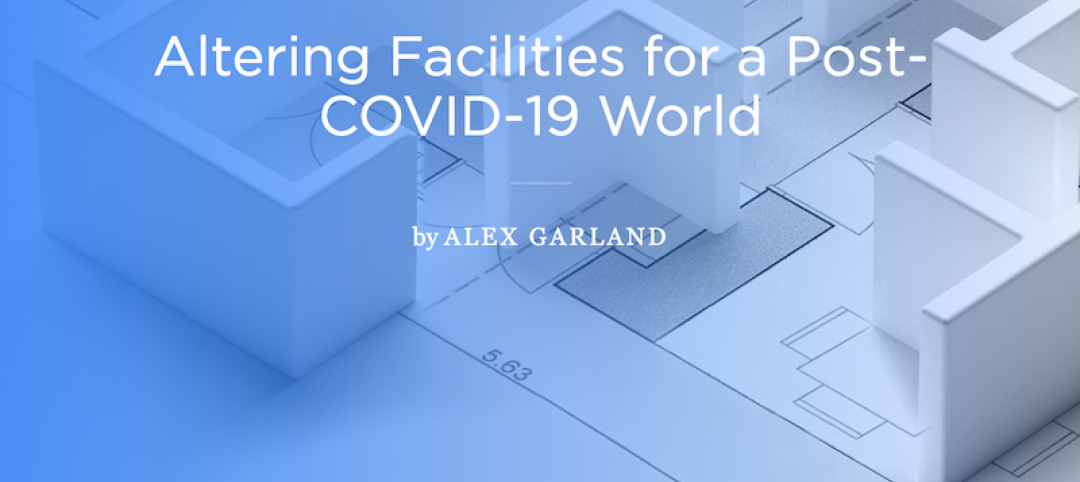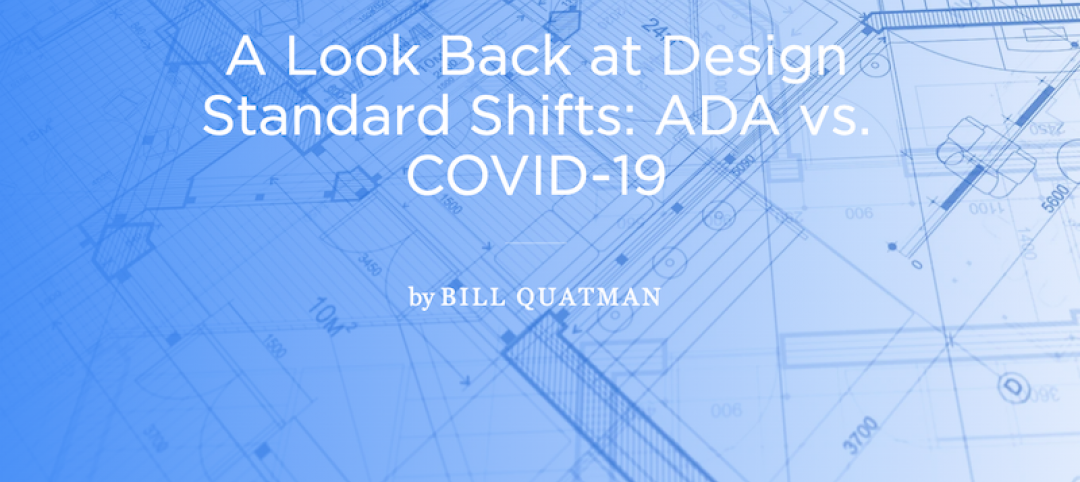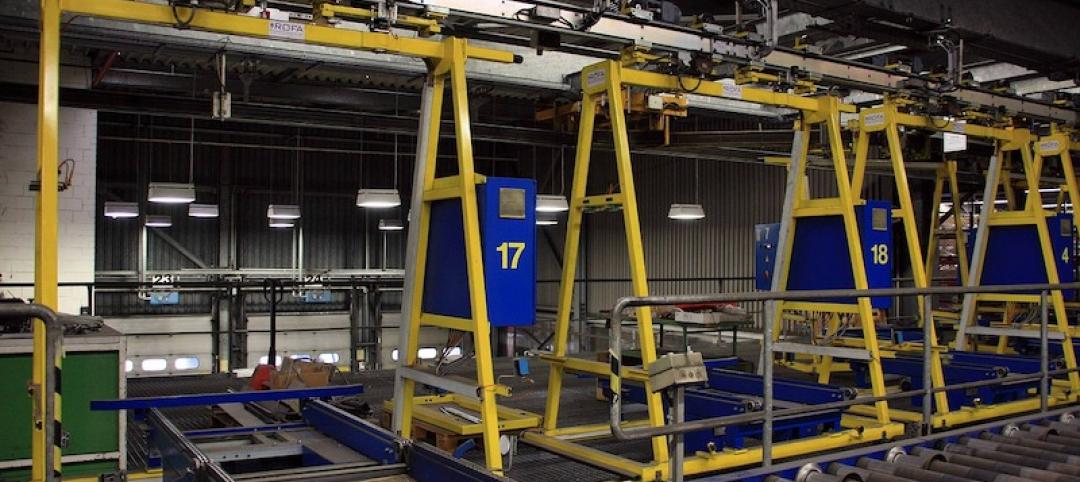Completing construction projects on time and within budget can seem like a daunting task. With additional pressures like fluctuating material costs, skilled labor availability and operational costs, clear and creative planning from the start becomes even more crucial. This is where value engineering can offer several benefits.
When value engineering is referenced in our industry, our minds may immediately go to a process that reduces project cost by slashing scope or decreasing the quality of materials used. However, that is not necessarily what the definition should be.
In construction, value engineering empowers project teams to improve value by examining the function of each element and its associated cost. By examining the cost-benefit ratio, integrated design and construction teams can make suggestions for alternate delivery methods, designs or materials that enhance project value.
It’s crucial to note that boosting the value of projects does not mean reducing costs. It means optimizing project components through an analysis of all factors — cost, upkeep, wear and tear, aesthetic value, etc. To provide truly advantageous value engineering, design and construction teams must first understand the project as a holistic effort. Every project is different, as is every business’ definition of value.
Value engineering assesses the functionality of a product, good or service in relation to the cost. With this service, consideration is provided right from the beginning of the project regarding availability of materials, labor and material costs, construction delivery methods, construction site constraints and more. By evaluating these factors upfront and limiting possible difficulties that could arise during the project, owner expenses may be reduced and the schedule can be tightened.
The way value engineering is integrated can vary for each type of project and industry. For the construction of a new hotel, value engineering may lead to money better spent on details at eye level or easily highlighted, as opposed to installing an ornate ceiling that is 50 feet in the air. In the industrial space, longer-term visions might take precedence, such as reconfiguring equipment layout to reduce linear footage of pipe runs.
Although its utilization differs from project to project, value engineering is as beneficial for modularization and prefabrication as it is for on-site builds. Starting early, focusing on procurement lead times and understanding subcontractor schedules continue to be invaluable factors when used for modular and prefabricated methods, just like for standard construction. For example, in high-rise condo or apartment construction, stacking bathrooms and preassembling items off-site reduces installation time and the chance of layout errors, along with reducing overall costs with efficiency in materials and labor.
In combination with value engineering, the best way to achieve successful results during a project is to have a fully integrated design and construction team that lives and breathes the entire project life cycle. The design, construction and, ultimately, the end user need to be joined together on every decision, from design inception through training and turnover. This allows the team to not only suggest innovations and value propositions during the project, but also to offer solutions for the most efficient yet reliable results for years to come.
More from Author
Burns & McDonnell | May 25, 2023
4 considerations for increasing biodiversity in construction projects
As climate change is linked with biodiversity depletion, fostering biodiverse landscapes during construction can create benefits beyond the immediate surroundings of the project.
Burns & McDonnell | May 1, 2023
Utilizing computer vision, AI technology for visual jobsite tasks
Burns & McDonnell breaks down three ways computer vision can effectively assist workers on the job site, from project progress to safety measures.
Burns & McDonnell | Mar 20, 2023
Battery energy storage market predictions are trickier than ever
Burns & McDonnell breaks down the state of battery energy storage today, from pricing concerns to alternative solutions.
Burns & McDonnell | Dec 12, 2022
Supplementing workplace connections through digital knowledge networks
Zachary Wassenberg of Burns & McDonnell breaks down three applications for digital knowledge networks: training, libraries, and instructions.
Burns & McDonnell | Jun 14, 2022
Thinking beyond the stadium: the future of district development
Traditional sports and entertainment venues are fading as teams and entertainment entities strive to move toward more diversified entertainment districts.
Burns & McDonnell | Oct 14, 2020
Altering facilities for a post-COVID-19 world
There are several possibilities when it comes to reconfiguring or adjusting a space to maintain the health and safety of workers, from reorganizing spaces to enable social distancing measures to full teardown and reconstruction of a plant.
Burns & McDonnell | Jun 23, 2020
A look back at design standard shifts: ADA vs. COVID-19
The short story is official design guidelines are slow to be developed and made into law.
Burns & McDonnell | Apr 8, 2020
Navigate supply chain and manufacturing challenges during disruption
First, most important and most complex: Create an extensive safety plan for your facilities and job sites that protects both the personnel onsite and the end users of your product.
Burns & McDonnell | Jan 7, 2020
Tariff whiplash for bifacial solar modules
Bifacial solar systems offer many advantages over traditional systems.















